1. Mills RD, Studer UE. Metabolic consequences of continent urinary diversion. J Urol. 1999; 161(4):1057–1066. PMID:
10081838.

2. Atala A, Bauer SB, Soker S, Yoo JJ, Retik AB. Tissue-engineered autologous bladders for patients needing cystoplasty. Lancet. 2006; 367(9518):1241–1246. PMID:
16631879.

3. Zhao Y, He Y, Guo JH, Wu JS, Zhou Z, Zhang M, et al. Time-dependent bladder tissue regeneration using bilayer bladder acellular matrix graft-silk fibroin scaffolds in a rat bladder augmentation model. Acta Biomater. 2015; 23:91–102. PMID:
26049152.

4. Lee JN, Chun SY, Lee HJ, Jang YJ, Choi SH, Kim DH, et al. Human urine-derived stem cells seeded surface modified composite scaffold grafts for bladder reconstruction in a rat model. J Korean Med Sci. 2015; 30(12):1754–1763. PMID:
26713050.

5. Di Luca A, Szlazak K, Lorenzo-Moldero I, Ghebes CA, Lepedda A, Swieszkowski W, et al. Influencing chondrogenic differentiation of human mesenchymal stromal cells in scaffolds displaying a structural gradient in pore size. Acta Biomater. 2016; 36:210–219. PMID:
26969523.

6. Nillesen ST, Geutjes PJ, Wismans R, Schalkwijk J, Daamen WF, van Kuppevelt TH. Increased angiogenesis and blood vessel maturation in acellular collagen-heparin scaffolds containing both FGF2 and VEGF. Biomaterials. 2007; 28(6):1123–1131. PMID:
17113636.

7. Lee SH, Jin WP, Seo NR, Pang KM, Kim B, Kim SM, et al. Recombinant human fibroblast growth factor-2 promotes nerve regeneration and functional recovery after mental nerve crush injury. Neural Regen Res. 2017; 12(4):629–636. PMID:
28553345.

8. Freeman MR, Yoo JJ, Raab G, Soker S, Adam RM, Schneck FX, et al. Heparin-binding EGF-like growth factor is an autocrine growth factor for human urothelial cells and is synthesized by epithelial and smooth muscle cells in the human bladder. J Clin Invest. 1997; 99(5):1028–1036. PMID:
9062361.

9. Roelofs LA, Kortmann BB, Oosterwijk E, Eggink AJ, Tiemessen DM, Crevels AJ, et al. Tissue engineering of diseased bladder using a collagen scaffold in a bladder exstrophy model. BJU Int. 2014; 114(3):447–457. PMID:
25302355.

10. Kanematsu A, Yamamoto S, Noguchi T, Ozeki M, Tabata Y, Ogawa O. Bladder regeneration by bladder acellular matrix combined with sustained release of exogenous growth factor. J Urol. 2003; 170(4 Pt 2):1633–1638. PMID:
14501679.

11. Di Luca A, Ostrowska B, Lorenzo-Moldero I, Lepedda A, Swieszkowski W, Van Blitterswijk C, et al. Gradients in pore size enhance the osteogenic differentiation of human mesenchymal stromal cells in three-dimensional scaffolds. Sci Rep. 2016; 6:22898. PMID:
26961859.

12. Kellomäki M, Niiranen H, Puumanen K, Ashammakhi N, Waris T, Törmälä P. Bioabsorbable scaffolds for guided bone regeneration and generation. Biomaterials. 2000; 21(24):2495–2505. PMID:
11071599.

13. Guarino V, Ambrosio L. Electrofluidodynamic Technologies (EFDTs) for Biomaterials and Medical Devices: Principles and Advances. Duxford: Woodhead Publishing;2018.
14. Deng Y, Kuiper J. Functional 3D Tissue Engineering Scaffolds: Materials, Technologies, and Applications. Duxford: Woodhead Publishing;2017.
15. Chen W, Shi C, Hou X, Zhang W, Li L. Bladder acellular matrix conjugated with basic fibroblast growth factor for bladder regeneration. Tissue Eng Part A. 2014; 20(15-16):2234–2242. PMID:
24483233.

16. Khang G. Handbook of Intelligent Scaffolds for Tissue Engineering and Regenerative Medicine. Singapore: Pan Stanford Publishing;2017.
17. Wefer J, Sievert KD, Schlote N, Wefer AE, Nunes L, Dahiya R, et al. Time dependent smooth muscle regeneration and maturation in a bladder acellular matrix graft: histological studies and in vivo functional evaluation. J Urol. 2001; 165(5):1755–1759. PMID:
11342970.

18. Beqaj SH, Donovan JL, Liu DB, Harrington DA, Alpert SA, Cheng EY. Role of basic fibroblast growth factor in the neuropathic bladder phenotype. J Urol. 2005; 174(4 Pt 2):1699–1703. PMID:
16148685.

19. Imamura M, Kanematsu A, Yamamoto S, Kimura Y, Kanatani I, Ito N, et al. Basic fibroblast growth factor modulates proliferation and collagen expression in urinary bladder smooth muscle cells. Am J Physiol Renal Physiol. 2007; 293(4):F1007–17. PMID:
17634401.

20. Borer JG, Park JM, Atala A, Nguyen HT, Adam RM, Retik AB, et al. Heparin-binding EGF-like growth factor expression increases selectively in bladder smooth muscle in response to lower urinary tract obstruction. Lab Invest. 1999; 79(11):1335–1345. PMID:
10576204.
21. Young HS, Herbette LG, Skita V. α-bungarotoxin binding to acetylcholine receptor membranes studied by low angle X-ray diffraction. Biophys J. 2003; 85(2):943–953. PMID:
12885641.

22. Zheng C, Sköld MK, Li J, Nennesmo I, Fadeel B, Henter JI. VEGF reduces astrogliosis and preserves neuromuscular junctions in ALS transgenic mice. Biochem Biophys Res Commun. 2007; 363(4):989–993. PMID:
17923114.

23. Chen C. Presynaptic Differentiation at the Neuromuscular Junction: Regulation by a Novel bFGF-p120 Catenin Signaling Pathway [dissertation]. Hong Kong: Hong Kong University of Science and Technology;2007.
24. Vishwakarma A, Sharpe P, Shi S, Ramalingam M. Stem Cell Biology and Tissue Engineering in Dental Sciences. Amsterdam: Academic Press;2014.
25. Goustin AS, Leof EB, Shipley GD, Moses HL. Growth factors and cancer. Cancer Res. 1986; 46(3):1015–1029. PMID:
3002607.
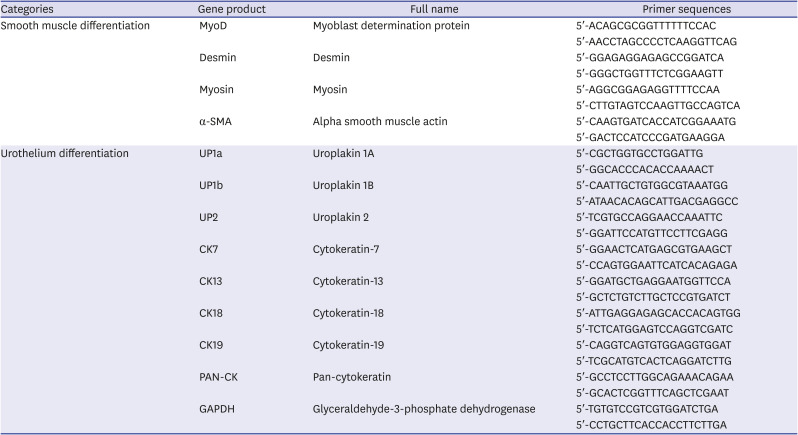
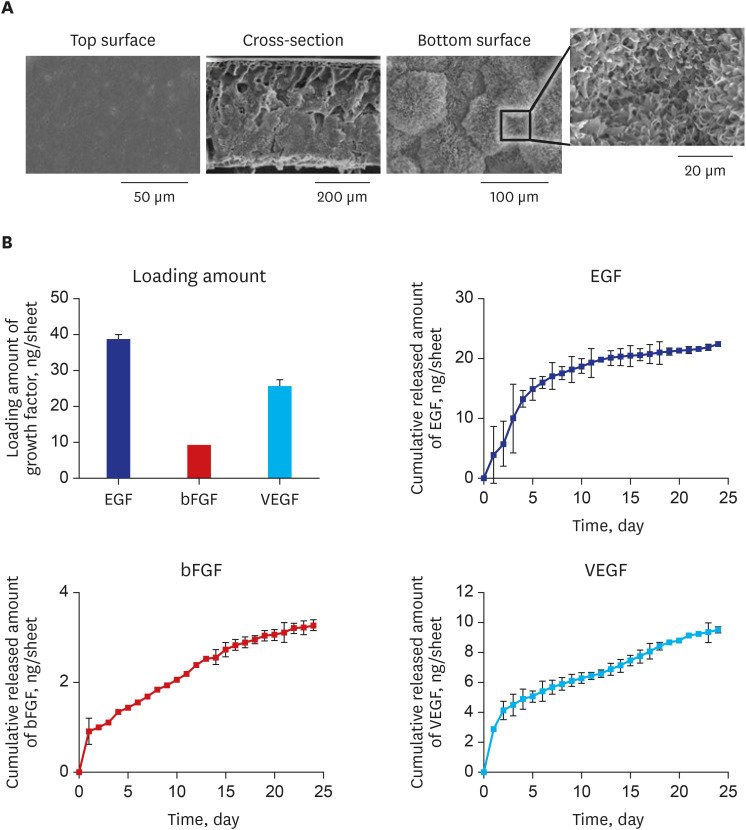
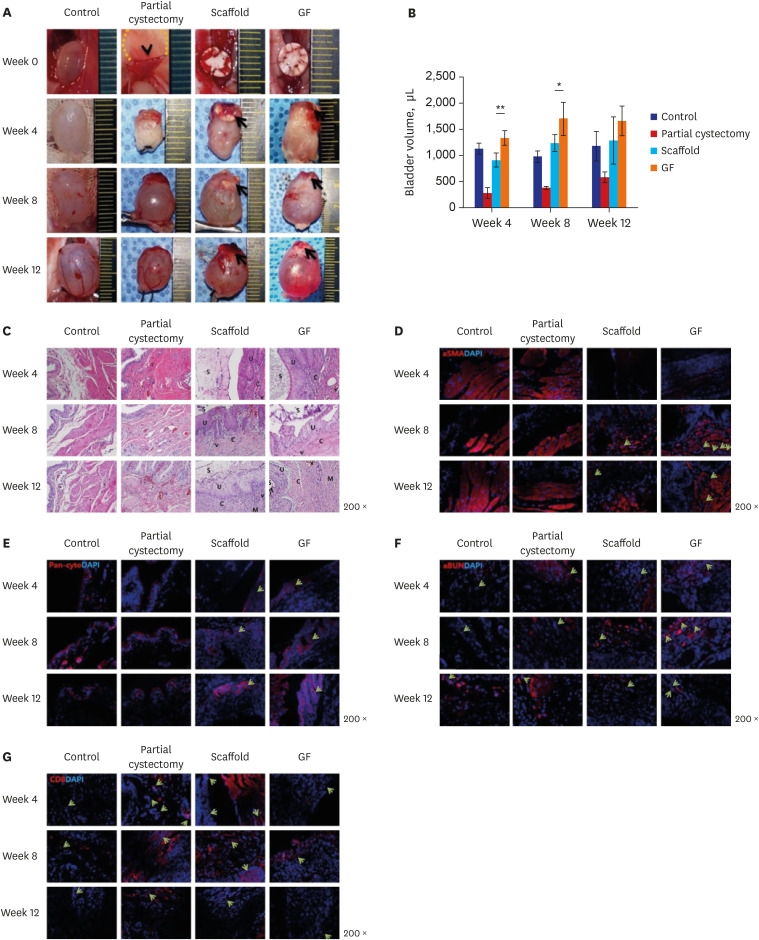
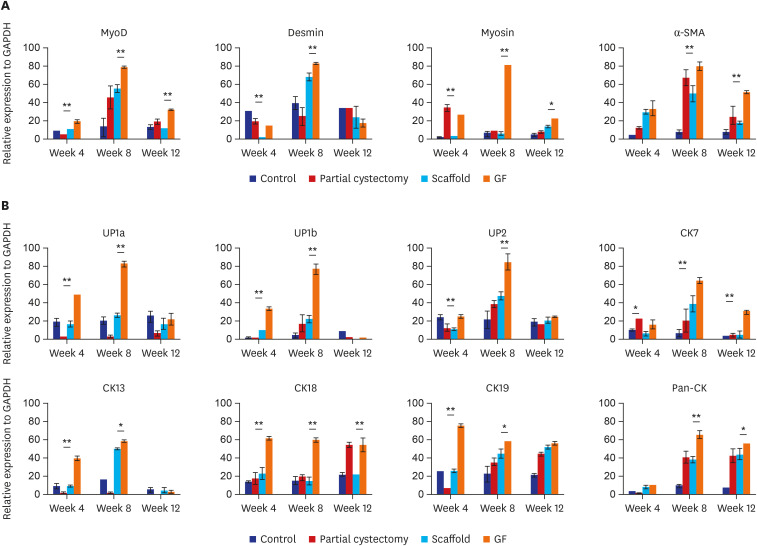




 PDF
PDF Citation
Citation Print
Print



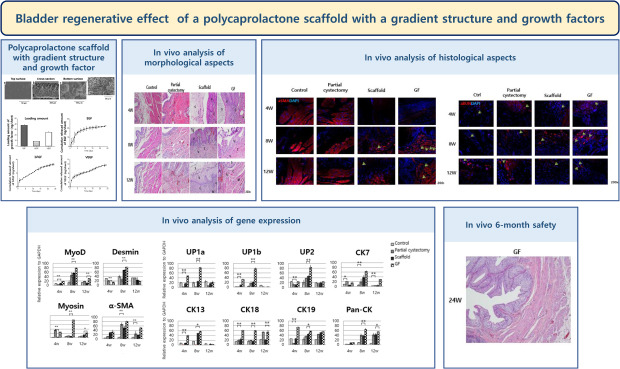
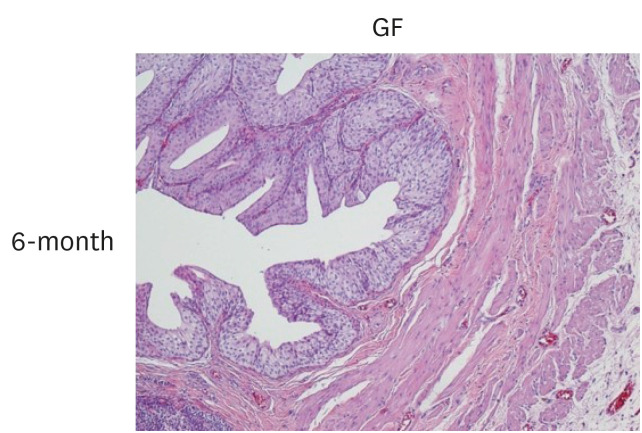
 XML Download
XML Download